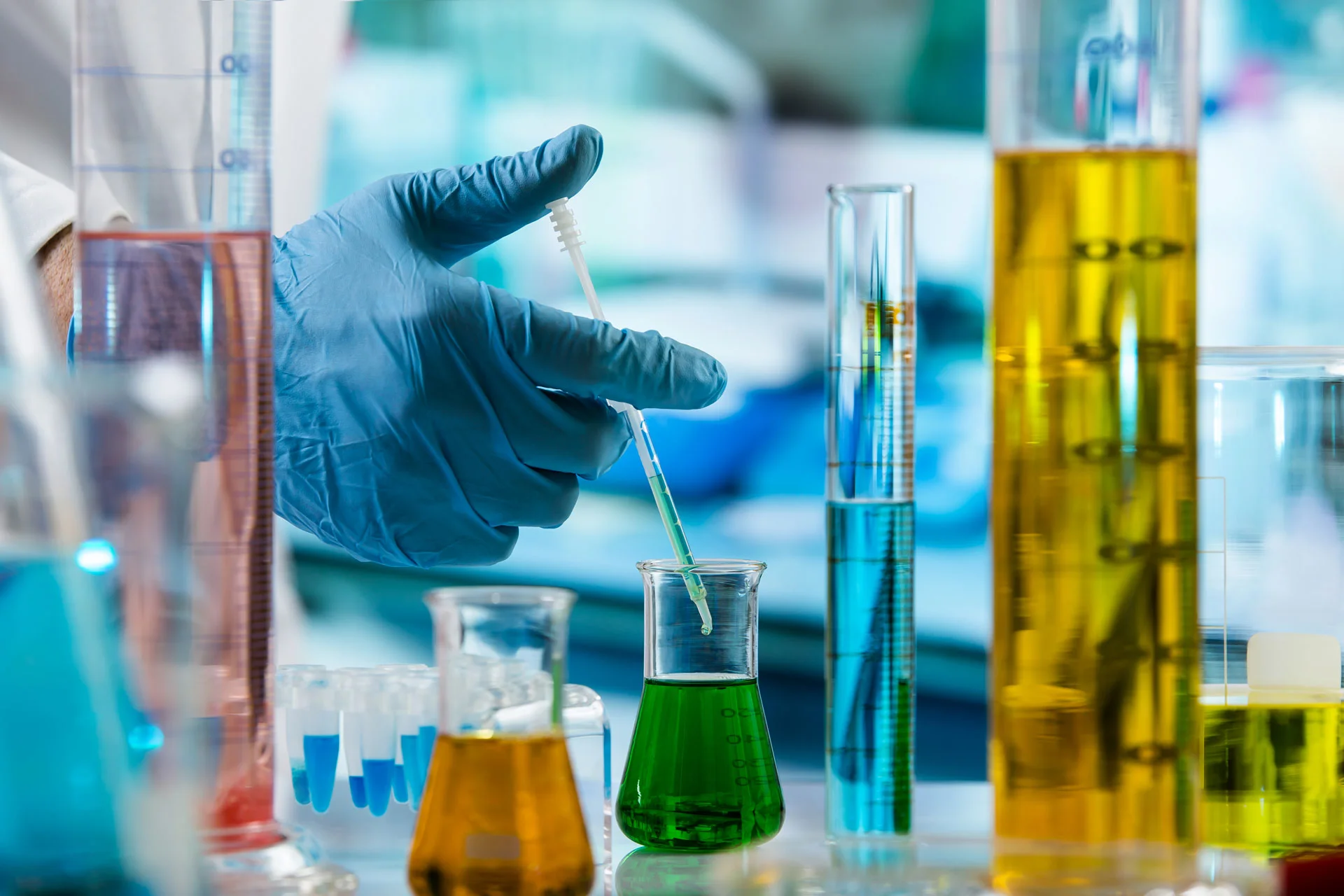All sorts of dangers lurk in the world, from natural disasters to accidents. But what you may not know is that some of the most dangerous things around are chemicals.
Whether it’s a cleaning product or something you eat, it’s important to always read the label and make sure you know what’s in it. Chemicals can be harmful to your health and even deadly in some cases. So, the next time you consider using a chemical product, do your research first!
Table of Contents
What are chemicals, and why should you be concerned about them?
A chemical or chemical substance is a distinct compound artificially created or purified. Although many people understand that chemicals are bad and can be dangerous, many people don’t know that we use them in our daily lives, and they are in almost every aspect of our lives.
Chemicals can be classified differently from country to country, determining whether or not they are legal for use in different countries. We keep many common chemical products in our homes, such as paint, glue, oil, pesticides, bleach, oven spray, laundry detergent, and toilet cleaners. Some people even buy ecopoxy products online for art projects. These are all things that we use daily.
Depending on the type of chemical, they can interact with our body on different levels. Some can cause burning and damage to the skin, while others can cause harmful irritation to your eyes or \even be toxic and fatal.
Most of the chemicals we use daily are regulated and come with cautionary measures, but that does not mean that we should be concerned about these chemicals and use them with caution.
The Dangers of Chemical Exposure
Something to note is that there are different types of exposure when it comes to chemical exposure. These are air inhalation, skin and eye contact, and food and water ingestion. The risk of these chemical exposures can come from the type of the chemical, the amount of chemical you’re exposed to, how long you’re exposed to it, and even your age and the state of your health.
With that said, there are still many dangers that come with chemical exposure, including organ damage, weakening of the immune system, reproductive problems, development of allergies or asthma, cancer, or even effects on mental and physical well-being and development.
There are certain measures that you can take to reduce the risk of exposure to chemicals, including reading warning labels on products and following directions of chemical products, opening windows for proper ventilation, keeping all household chemical products out of sight and reach of children, and ensuring that you take proper precautionary measures when using such products.
How To Avoid Chemical Exposure
One of the best ways to reduce the risk of chemical exposure is to avoid it altogether. There are different ways to do that, and it starts by reading and following the directions on the product.
There are other products that you can avoid altogether or find healthier alternatives to that do not contain harmful chemicals. If you believe your household cleaning products, such as toilet cleaner and cleaning detergents, have dangerous chemicals, switching to a natural alternative is a great option.
When reading the ingredients on your cleaning products, you will be able to see if they contain any harmful chemicals and if they are something you want to avoid. When reducing the risk of chemical exposure, ensure that when you clean with these products, you are in a well-ventilated room with an open window or a fan.
Store your products in a safe place where children cannot reach them and keep the products in their original containers. Ensure not to mix any products and mark anything that might be hazardous.
What To Do if You’re Exposed to Chemicals
When working with dangerous chemicals, for the most part, should there be a problem, there will be some kind of help or cool line on the side of the product where you see the ingredients. However, your first call of action should be to remove yourself from the area and call 911 as soon as possible.
Remove any clothing that may be exposed to the chemical, place it in a plastic bag, and rinse your skin and hair with cold water for at least 20 minutes. Should it be necessary, proceed to seek medical attention so that you can avoid any permanent damage.
